How to Make Your Garden Bat-Friendly and Why It’s Important
Bats sometimes have negative connotations, but we’re not sure why! They don’t want to get tangled in your hair or haunt your attic, they just want a safe spot to rest, refuel, and help out in the garden. These little night fliers are natural pest controllers, pollinators, and downright fascinating creatures. Want to encourage bats to visit your backyard? Read on to find out how to make your garden bat-friendly.
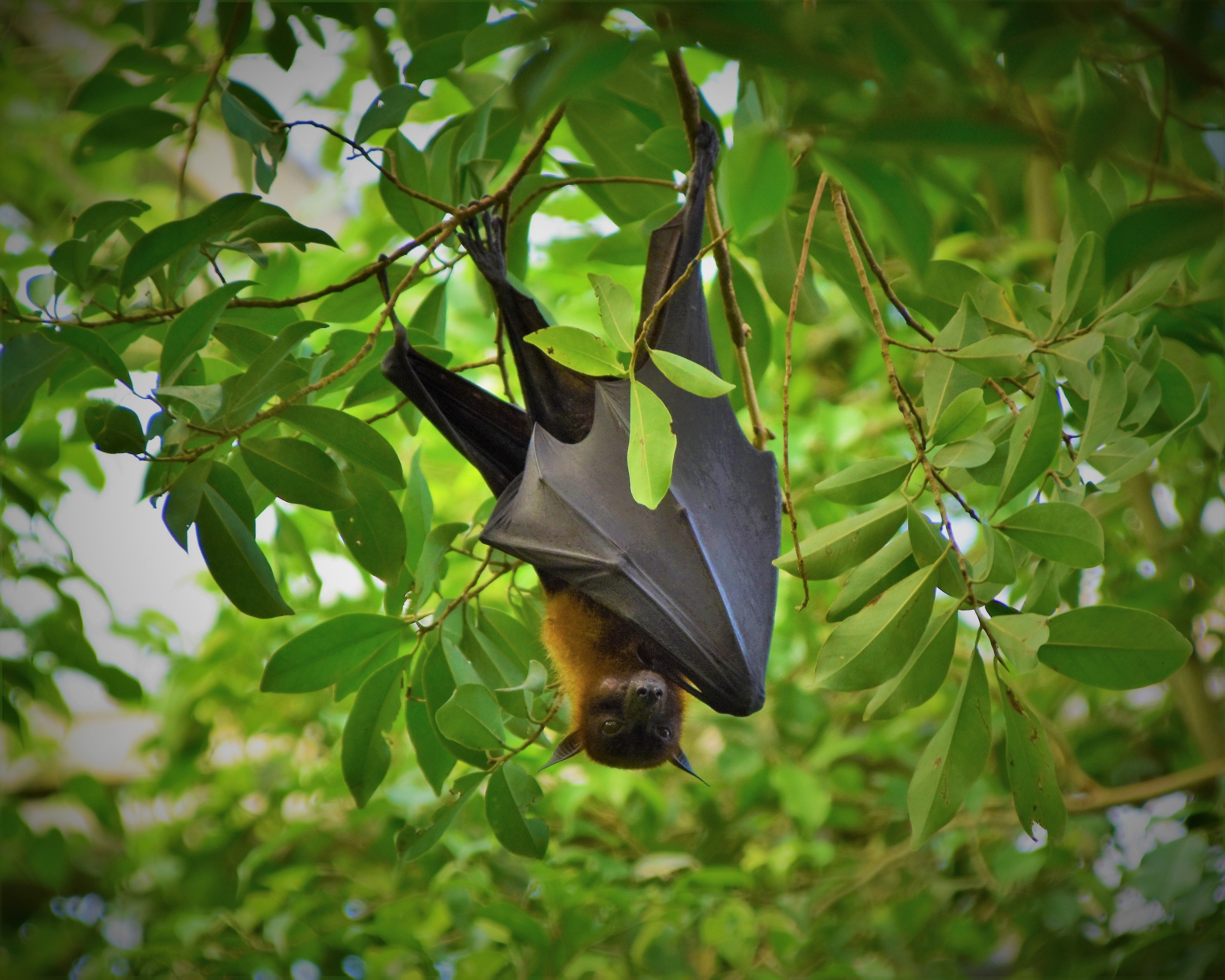
Why Encourage Bats to Visit Your Garden?
These nocturnal creatures provide the night shift for pollination, and they’re vital for some plants. According to the US Forest Service, over 300 species of fruit depend on bats for pollination, as do the Agave plant and the Saguaro, the state cactus of Arizona. Fans of tequila may be interested to know that the Agave plant is used to make this spirit, so bats are definitely your friends!
In addition to being important pollinators, they also provide insect control, aid in cave preservation, and provide natural seed disbursement. Find out more about the benefits of bats.

8 Tips for a Bat-Friendly Garden
1. Plant Night-Scented Flowers
Nocturnal insects will be attracted to night-scented flowers, which will in turn attract bats. Bats need lots of insects, and so the more insects are attracted to your garden, the better! Examples of night-scented flowers that attract insects include:
- Dahlias
- Phlox
- Goldenrods
- Evening Primrose
- Nicotiana
- Honeysuckle
2. Avoid Scents that Repel Bats
If you're rolling out the welcome mat for bats, make sure you're not accidentally spritzing it with perfume they can't stand. Some plants give off strong scents that bats find less than charming. Cinnamon, peppermint, and eucalyptus might smell nice to us, but to bats, it’s more like a big “do not disturb” sign.
Stick to plants they’re neutral or fond of, and save the minty-fresh vibes for your toothpaste.

3. Plant Trees
Trees are beneficial for a variety of bat species - they're basically all-inclusive resorts for our bat friends. Here are some examples of how they're useful:
- Branches make good feeding perches
- Provide protection during bad weather
- Roosting opportunities in cracks, crevices, rot holes, and woodpecker holes
- Winter hibernation spaces in hollow trunks
Depending on what region you live in, fall is usually a great time to plant trees.
4. Provide a Water Source
Bats get thirsty too! Providing a water source is a great way to attract bats. Ponds, water features, and bird baths are all examples that could work well in gardens. Just make sure the water stays clean and is easy for them to access. A little water can go a long way in making your garden the bat equivalent of a five-star stay.
5. Avoid Pesticides
If you're aiming to roll out the red carpet for bats, ditch the pesticides. These little insect-eaters thrive on bugs, and when we spray chemicals, we’re not only shrinking their food supply, we might also be harming the bats themselves. Plus, fewer pesticides mean healthier soil, plants, and pollinators across the board.
Let nature do the pest control and let the bats do what they do best: snack responsibly.
6. Install a Bat Box
A bat box gives these nighttime neighbors a safe place to roost, raise their young, or catch some daytime ZZZs. You can buy one ready-made or get crafty and build your own. Just keep in mind that different bat species have different preferences, so it's best to do some research before you decide to buy or make one.

7. Reduce Artificial Lighting
Bats are creatures of the night, so bright lights can really throw off their groove. Too much artificial lighting can make them avoid an area altogether or delay their evening bug hunts. If you’ve installed a bat box or know of a natural roost nearby, make sure it’s not in the spotlight. Go for soft, minimal lighting or motion sensors, and keep things dim after dark.
8. Keep Cats Indoors During the Night
We love our feline friends, but they’re natural hunters and unfortunately, bats can end up as unintended targets. A curious cat can easily injure a bat, even just by playing. To help make your garden a safe spot for nighttime wildlife, it’s best to keep cats indoors after dark when bats are most active.
And Bat's a Wrap!
Creating a bat-friendly garden isn’t just good for bats - it’s great for your backyard too! These nighttime bug-zappers help keep insect populations in check and support pollination in your outdoor space. With a few thoughtful tweaks, you can turn your garden into a safe, welcoming spot where bats can thrive. Who knew being a bat host could be such a win-win?
Show your love for these important pollinators with our bat collections. Whenever you shop with us, we plant trees and donate to environmental non-profits including Pollinator Partnership. Help to protect the pollinators and shop now!

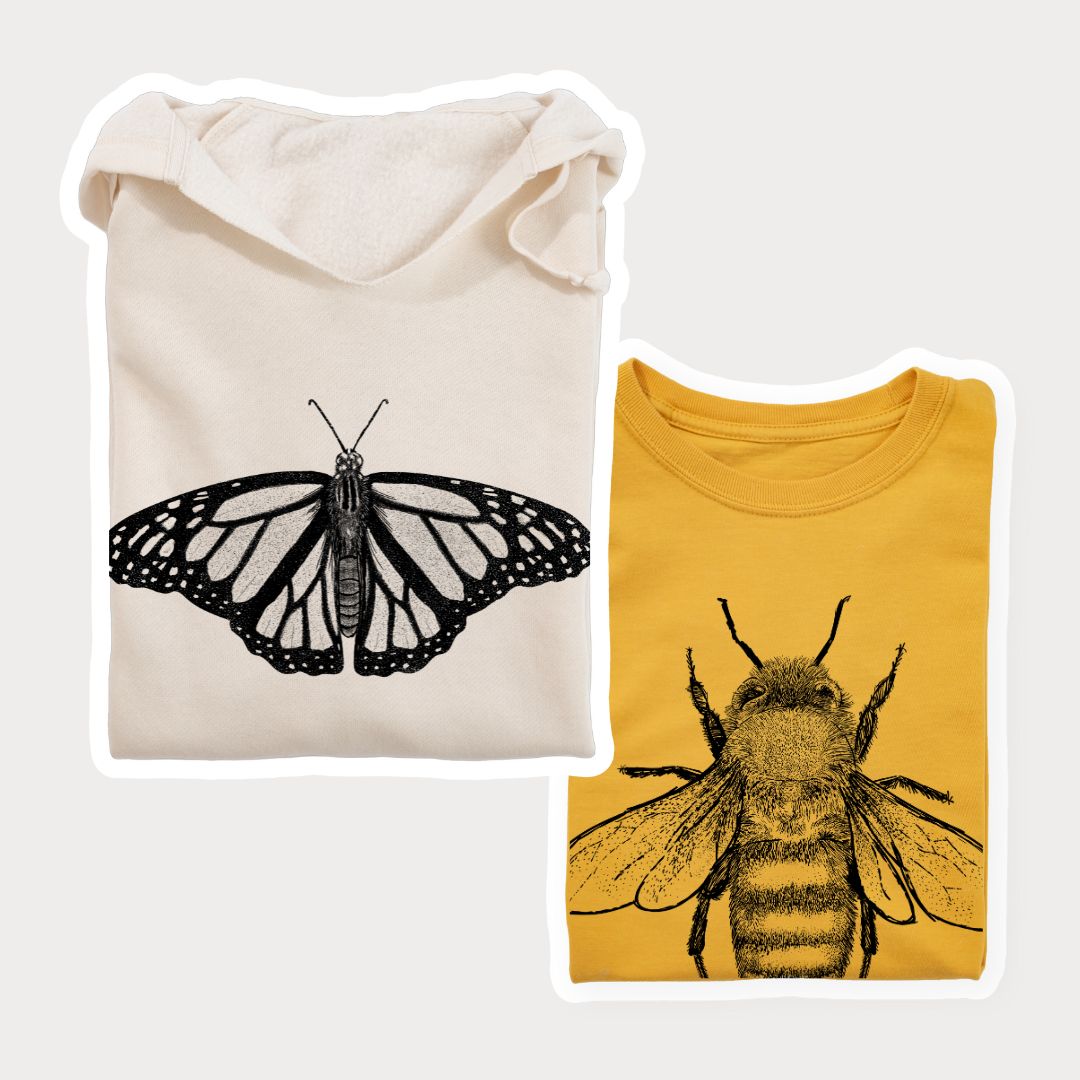


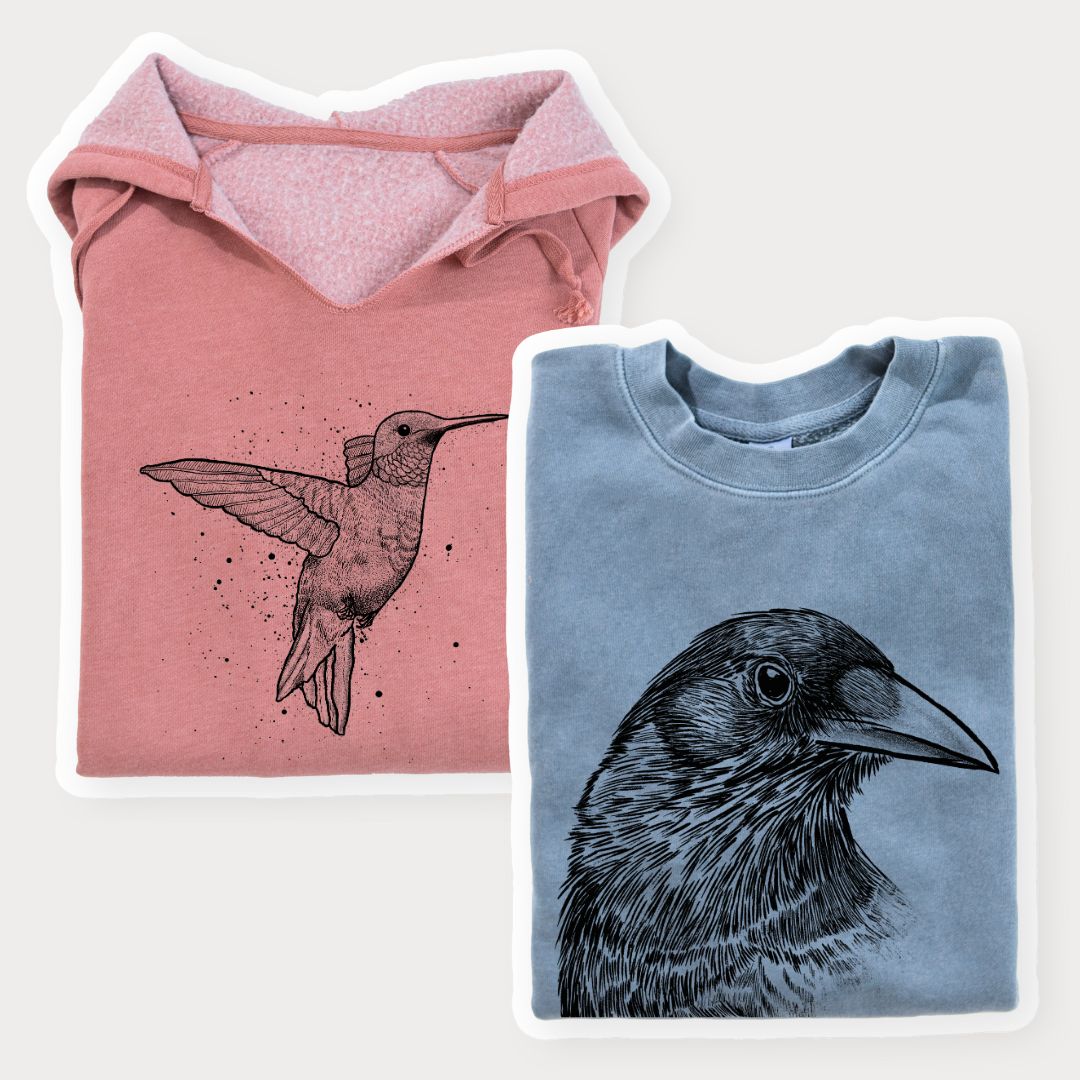
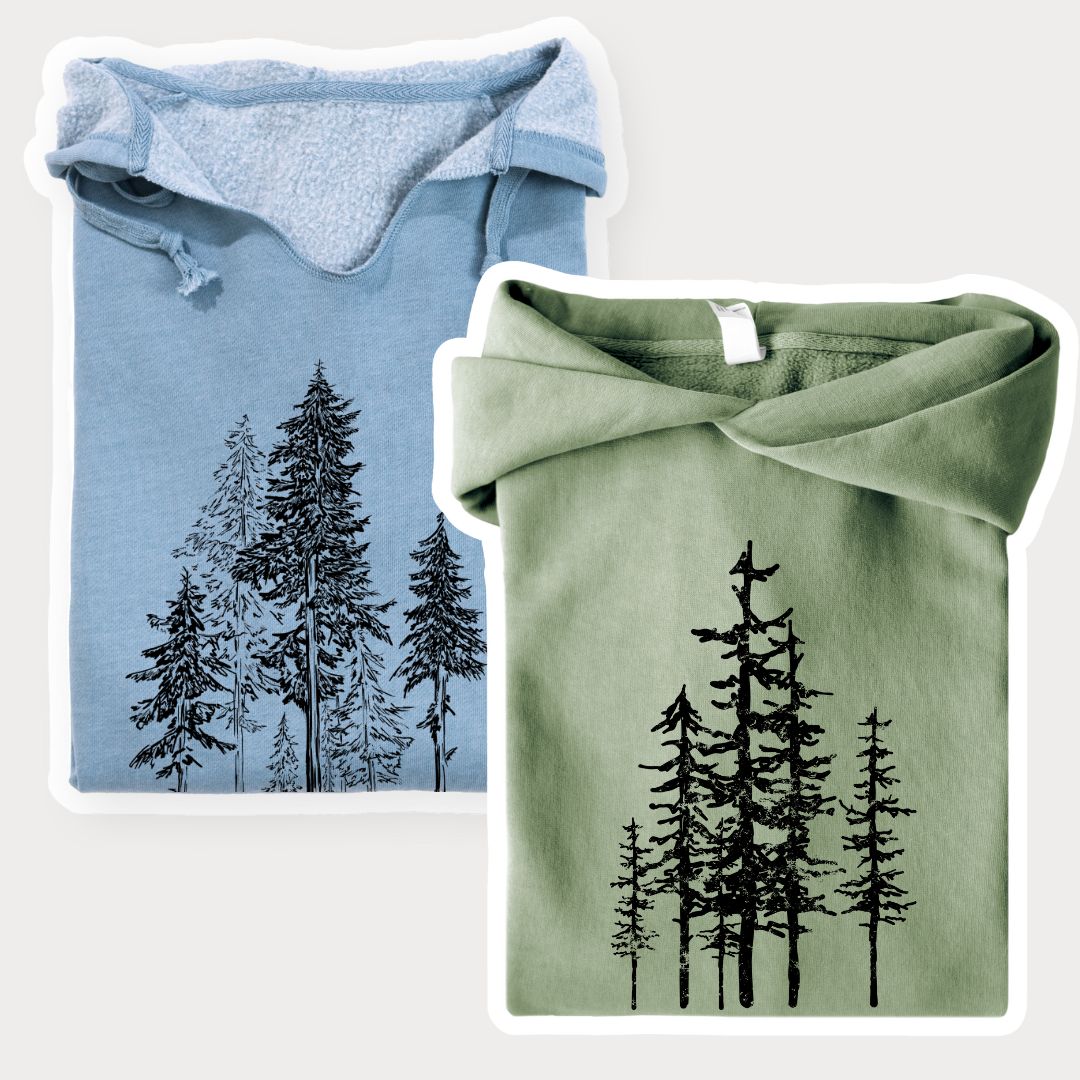



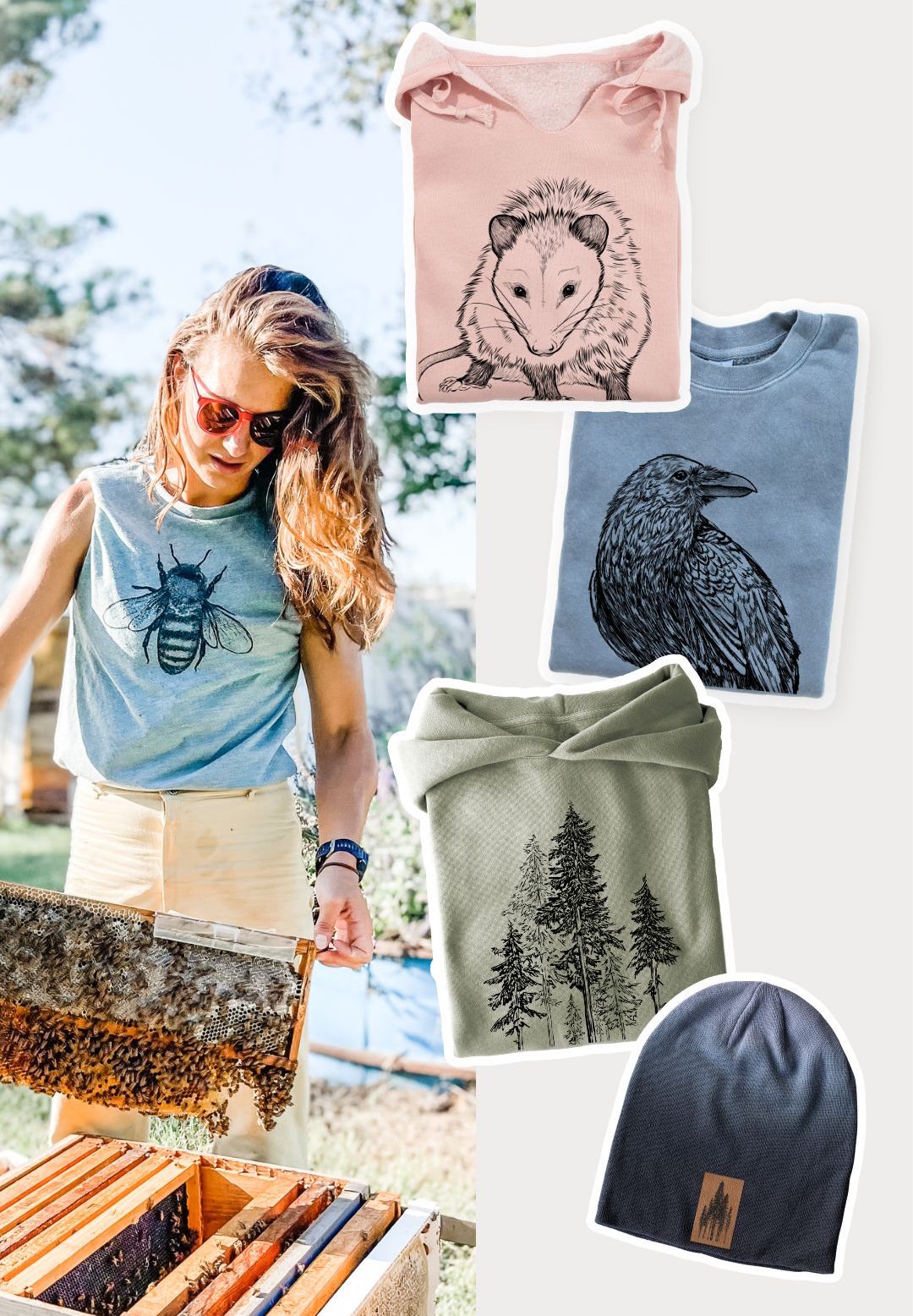

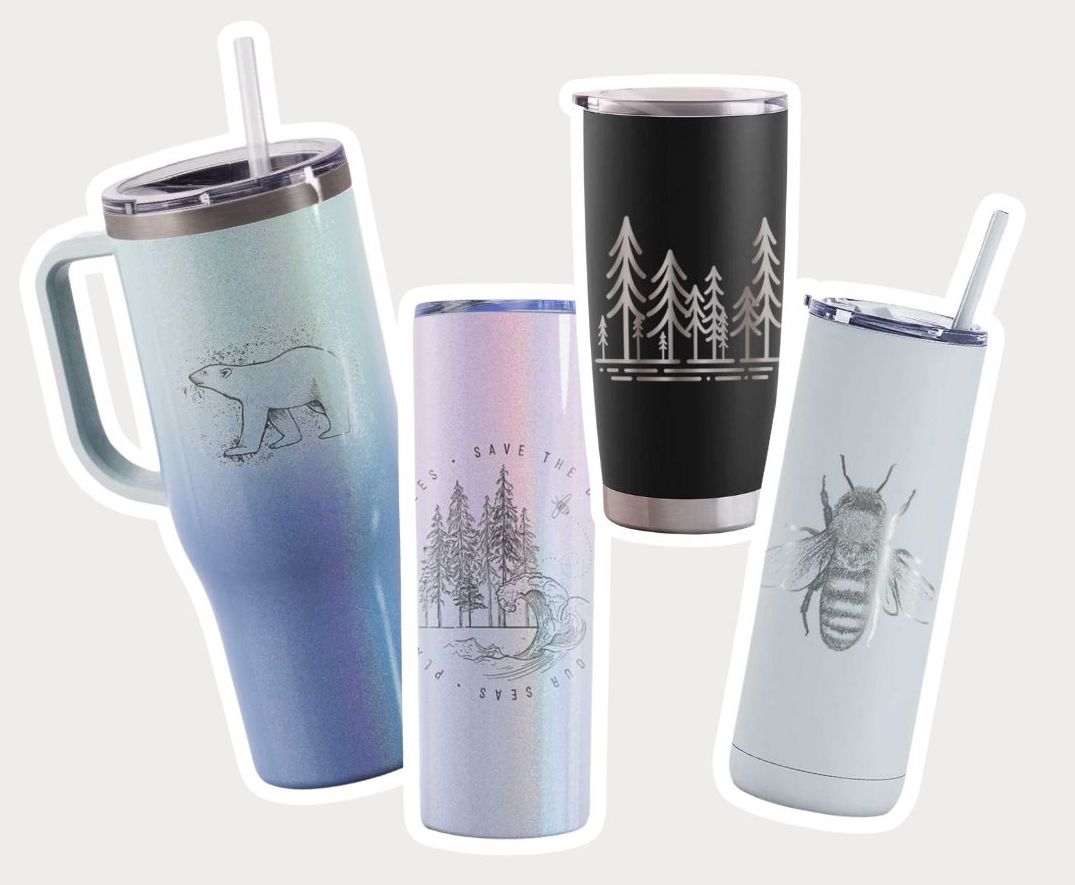
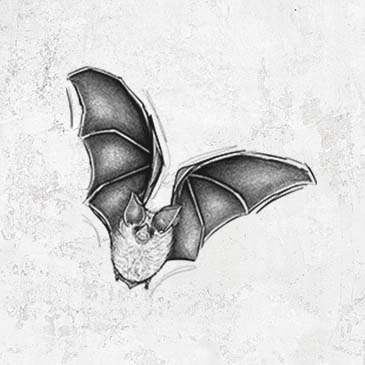
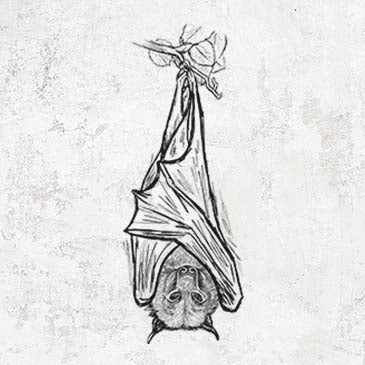


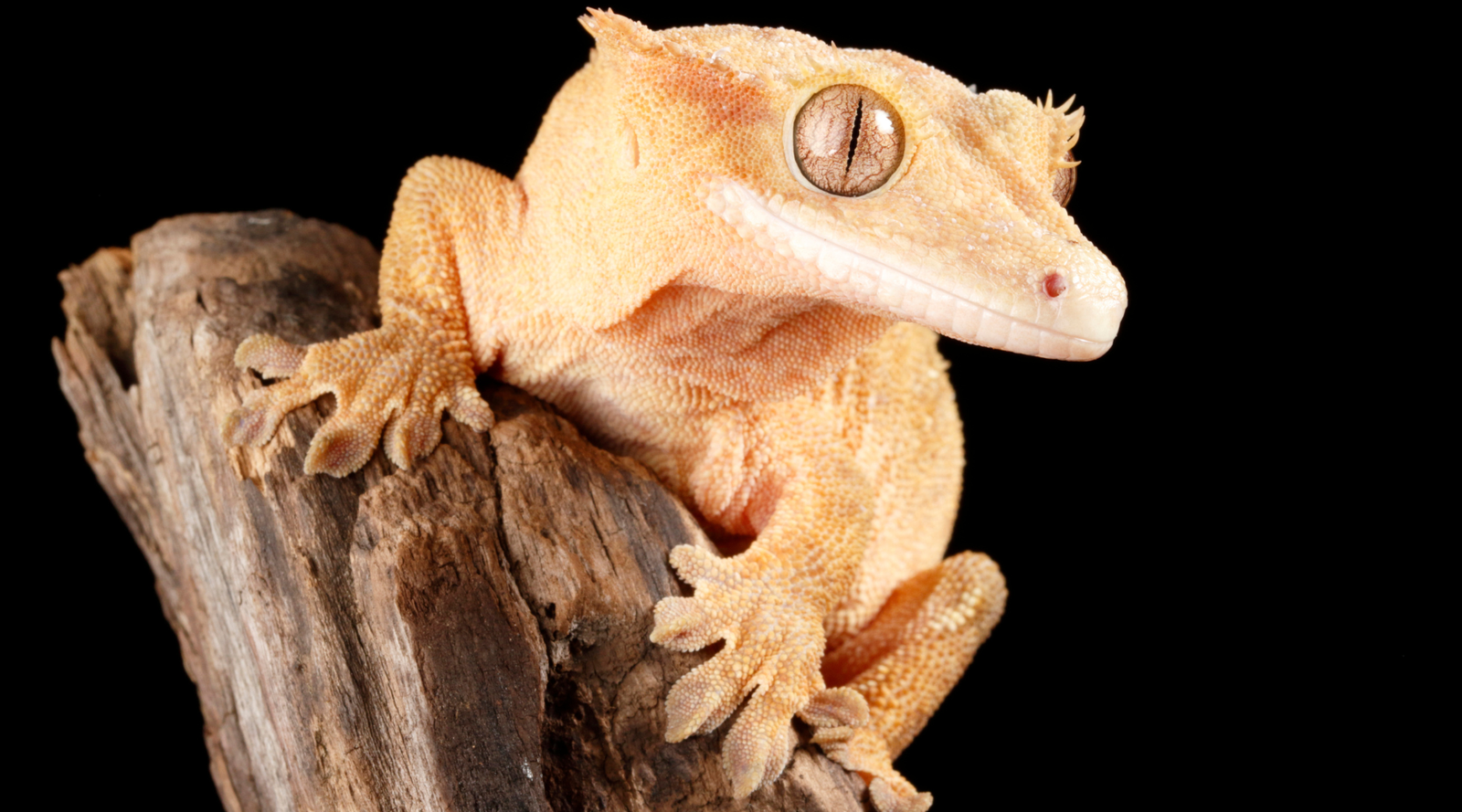
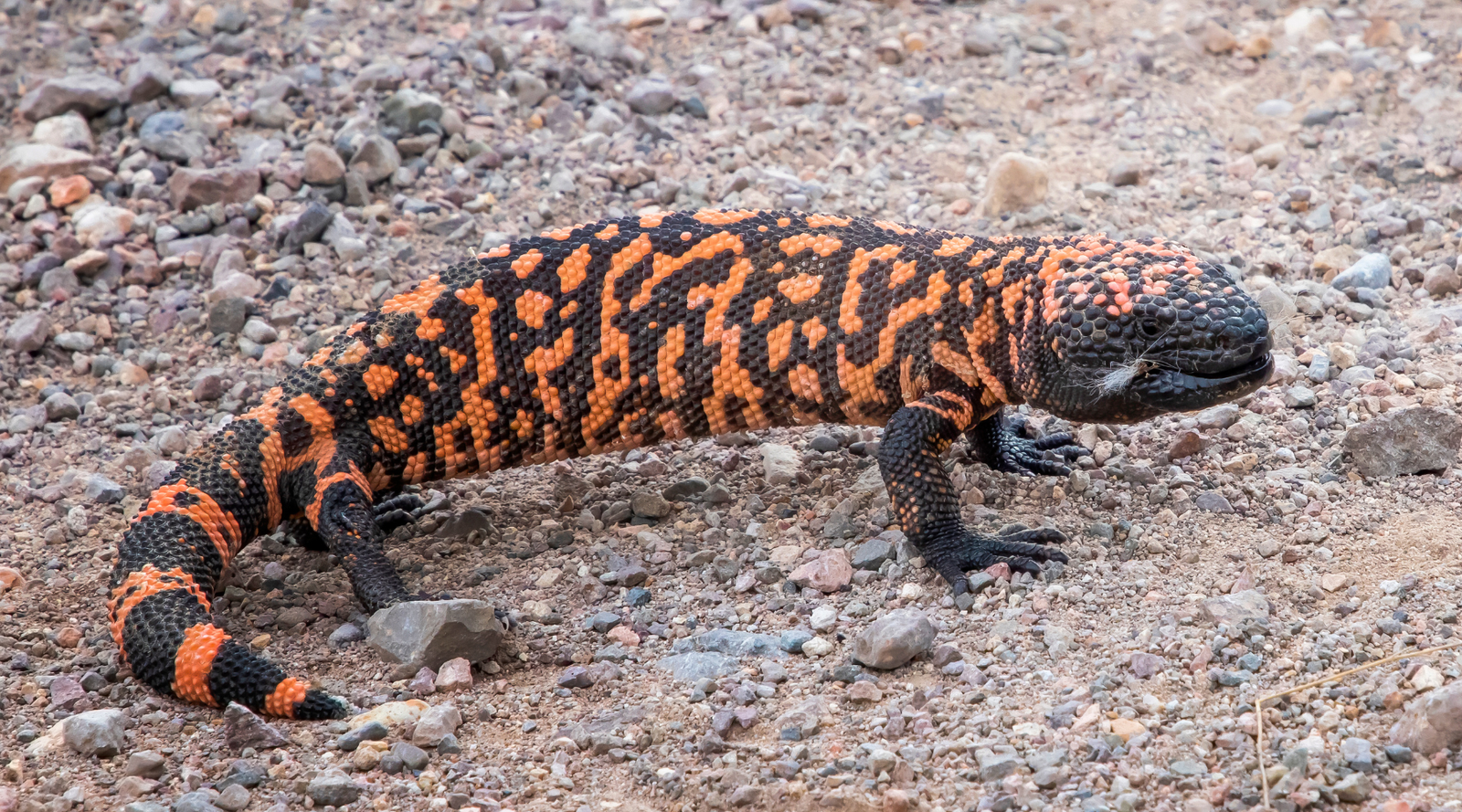
Leave a comment (all fields required)